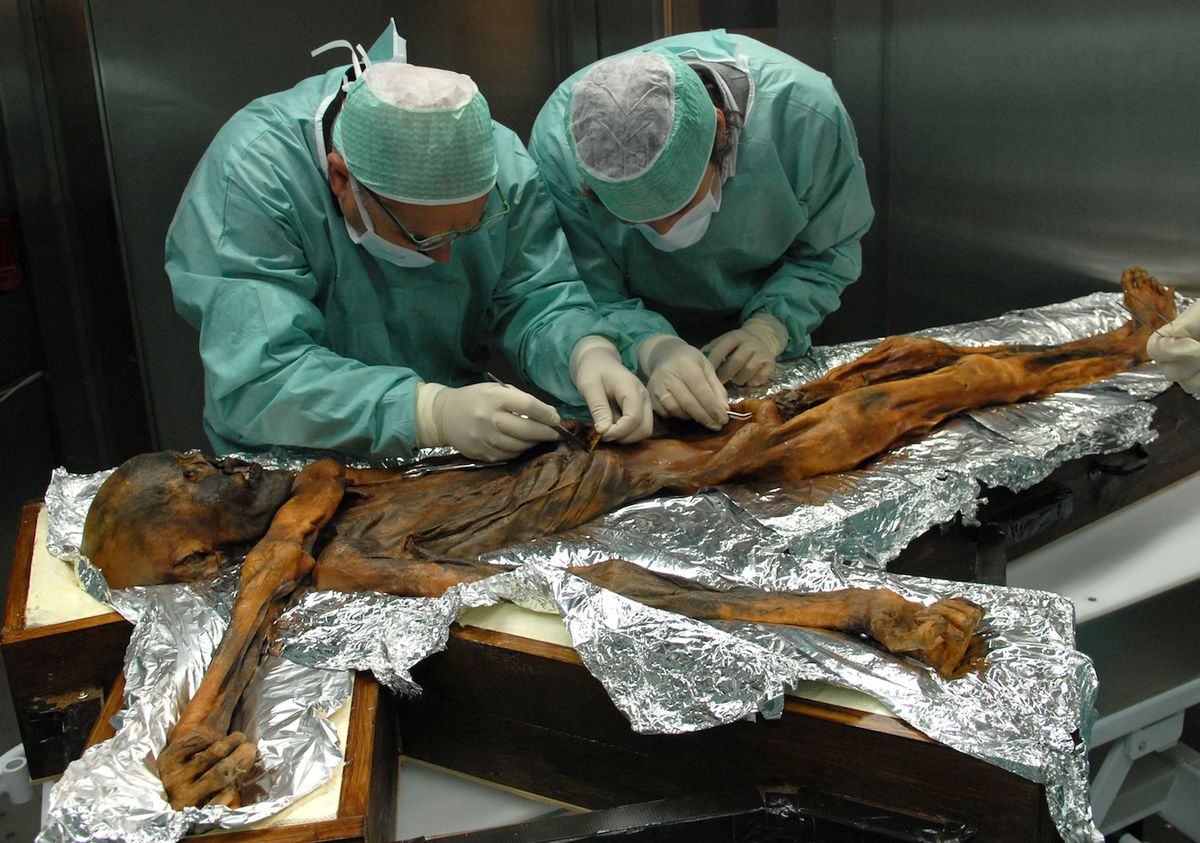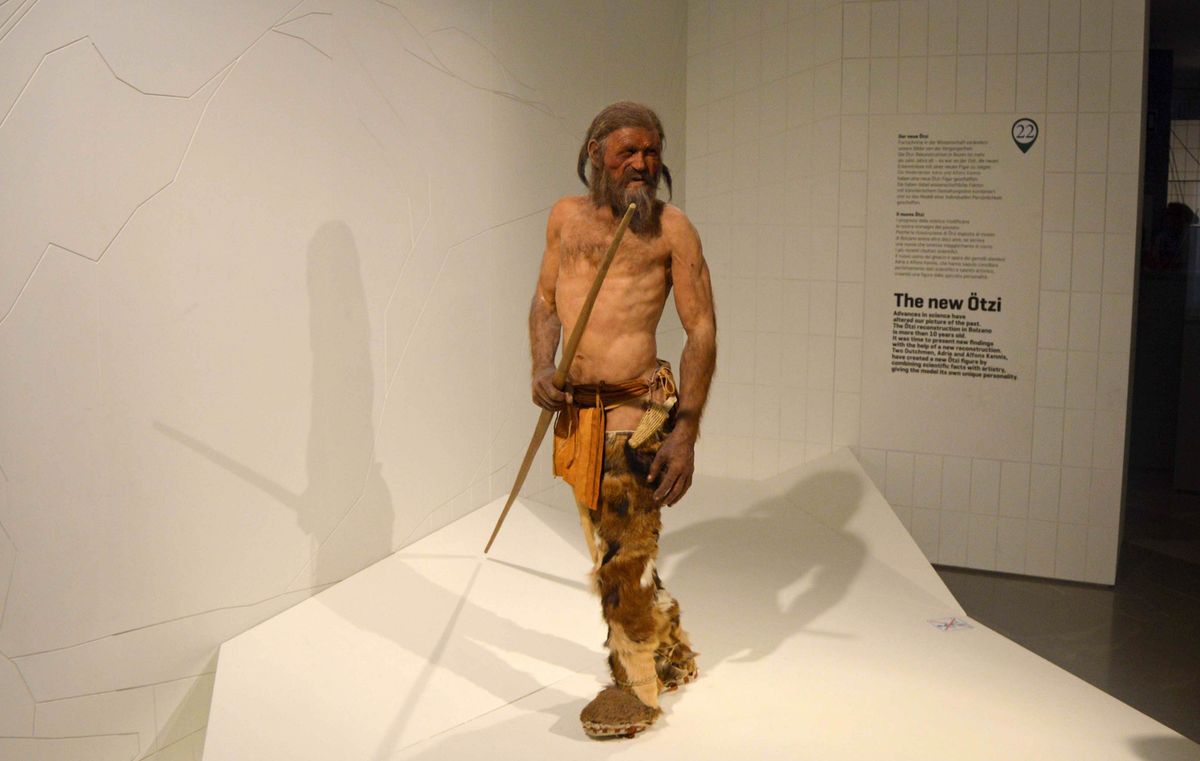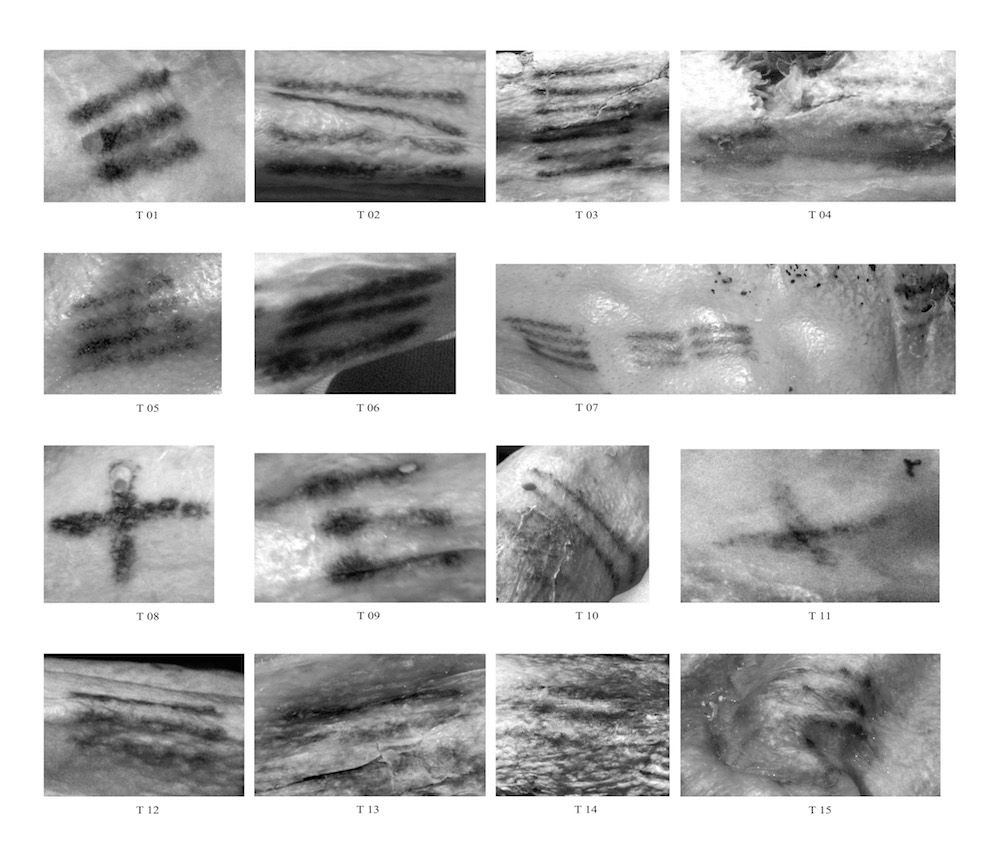Introduction: The Discovery of Ötzi
A Chance Encounter in the Alps
In September 1991, two German hikers exploring the Ötztal Alps on the border between Austria and Italy stumbled upon what appeared to be a modern accident victim. What they had actually found was an astonishing archaeological treasure—a naturally mummified body frozen in ice for over 5,000 years.

The Oldest Natural Mummy in Europe
Dubbed “Ötzi the Iceman,” this ancient traveler became one of the most significant discoveries in European archaeology. His remarkably preserved body, along with his clothing and tools, provided an unprecedented look into life during the Copper Age.
A Glimpse into the Past
Ötzi’s body and belongings opened a window into early human survival, tool-making, and even medical practices. But his frozen form also carried secrets that raised more questions than answers—especially the mystery surrounding his death.

Ötzi’s Life: Clues from His Body and Belongings
Clothing and Equipment
Ötzi was dressed for the harsh Alpine climate. His attire included:
- A cloak made from woven grass
- A coat, leggings, and a belt made from animal hides
- A bearskin hat and leather shoes insulated with grass
These items suggest that early humans had already developed sophisticated clothing techniques to endure extreme conditions.
Tools and Weapons
Ötzi’s gear reflected his era’s technological advancements:
- A copper axe, a rare and valuable tool for the time
- A longbow and a quiver with unfinished arrows
- A dagger with a flint blade and a wooden sheath
The presence of a copper axe suggests he held a high status, as copper was a luxury material in the Copper Age.
Health and Nutrition
Scientific examinations revealed that Ötzi was around 45 years old when he died, had worn-down teeth, and suffered from arthritis. His last meal included grains and ibex meat, showing a diet of both cultivated and wild foods.

The Mystery of Ötzi’s Death
The Arrowhead in His Shoulder
In 2001, X-ray scans revealed a shocking detail—an arrowhead lodged in Ötzi’s left shoulder, indicating that he had been shot from behind. This discovery changed the narrative of his death from exposure to a possible murder.
A Violent End?
Further analysis showed head trauma and defensive wounds on his hands, suggesting he may have been involved in a fight before his death. The theory that he was a warrior or a fugitive gained traction among researchers.
Was He Fleeing or Hunting?
Some experts believe Ötzi was ambushed and killed in a struggle over territory or resources. Others argue that he may have been a hunter caught in an unexpected conflict. The true story of his final moments remains a mystery.

What Ötzi Reveals About Ancient Civilization
Early Medicine and Tattoos
Ötzi had over 60 tattoos, many located on areas where he suffered from joint pain. These tattoos are believed to be an early form of acupuncture, suggesting ancient knowledge of pain relief.
DNA Analysis and Genetic Legacy
Modern DNA analysis has linked Ötzi’s genetic profile to modern populations in Sardinia and Corsica. This suggests that his people may have migrated across Europe thousands of years ago.
Clues About Copper Age Society
His advanced tools, high-protein diet, and well-crafted clothing indicate that Copper Age societies were more sophisticated than previously thought. They engaged in trade, had medical knowledge, and used metal tools long before the Bronze Age.

Ötzi’s Legacy and Ongoing Research
Preservation and Study
Today, Ötzi’s body is preserved in a climate-controlled museum in Bolzano, Italy. Researchers continue to study him using modern technology, uncovering new details about his life and death.
New Discoveries
Each year, new findings emerge about Ötzi’s health, lifestyle, and cause of death. Advanced imaging techniques and genetic testing provide fresh insights into his world.
Future Mysteries
Could more ancient travelers lie frozen in the Alps? What other secrets might Ötzi still hold? As science advances, the story of the Iceman will continue to evolve, offering deeper connections to our ancient past.

CÁC TIN KHÁC
Mary Walton: The Forgotten Inventor Who Helped Clean Up America’s Cities
Tomb of Queen Nefertari in the Valley of the Queens, Egypt
Discover the Hypostyle Hall of the Temple of Hathor at Dendera
Venus de Losange: Unveiling the Mystery of a 20,000-Year-Old Paleolithic Icon